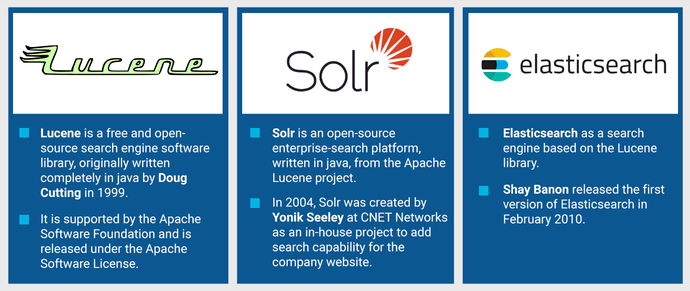June 15, 2020 By: Mahesh Yadav
A version of this Blog was first published on the Express Computer
The advancements in the tech industry have led to the invention of powerful and effective software tools, used by enterprises every day, to manage their day-to-day operations. Such software applications produce a huge amount of data per day.
The Data Overload
Recently, the data from software applications within an enterprise is increasing at an exponential rate. Thus, information and data overloading, makes it quite impossible to remember information that is vital for an organization. Thus, enterprises need tools or solutions to preserve the data and to retrieve information. The objective of these tools is to retrieve pertinent information.
Enterprise Search is the functionality that enables an enterprise to manage huge data and then retrieve relevant information. The tools or software applications, providing this competency of making all the pertinent data and information available to employees are known as Enterprise search applications.
Making Data Searchable
In an organization, the data or information is generated in multiple forms. A structured data is stored in a table in the Database, while the unstructured data is available in the form of images, videos, PDF & word files stored on the file system. Today, businesses realize the value of both data types and their desire to utilize both structured as well as unstructured data in the decision-making process.
The first step in this process is to enable search for this structured and unstructured data. Therefore, today’s enterprise search needs to be capable of storing and maintaining both structured and unstructured data and making it available for retrieval. Also, an enterprise search should have a simple and intuitive user interface, which would enable users to enter queries as plain text in a text box and let the system handle the complexity, similarly as Google does. Eventually, an enterprise search should remain effective with the ever-increasing size of data.
To have structured & unstructured data processing capabilities, provide a simple user interface and a great efficiency, an enterprise needs to have a certain set of features, which includes:
- Indexing: Indexing of data is the ability to parse data in different formats like images, files, text, XML, JSON, etc. and store it in a manner that will make the data searchable.
- Free Text: Free Text is the ability to query data in the natural language of communication, i.e. without any complex syntax, the way search is possible on google. These two features, Indexing, and Free Text Search are the two main pillars of today’s enterprise search.
- Horizontal Scaling: Horizontal scaling is an ability to scale horizontally to handle the ever-increasing data sets.
These features may look intimidating to implement but there are a lot of technologies in the market that can be used to implement these features.
Below are some of the most popular technologies in the software industry, which can be used to implement enterprise search:
Fig 1: Technologies Used to Implement Search

Fig 2: Sample Architecture of an Enterprise Search Using SOLR as the Search Engine

To conclude on this, Information is the lifeblood of an enterprise today. In today’s information-driven economy, timely availability of critical information will set the winners apart from losers.



